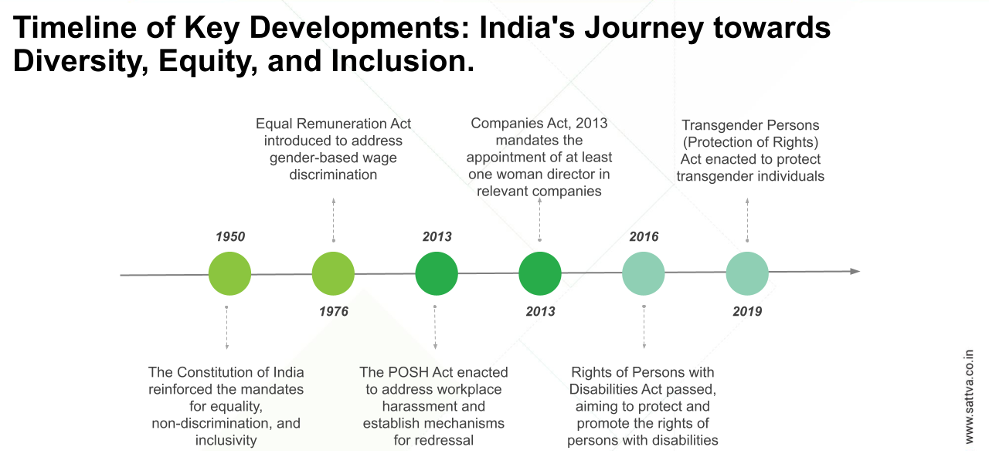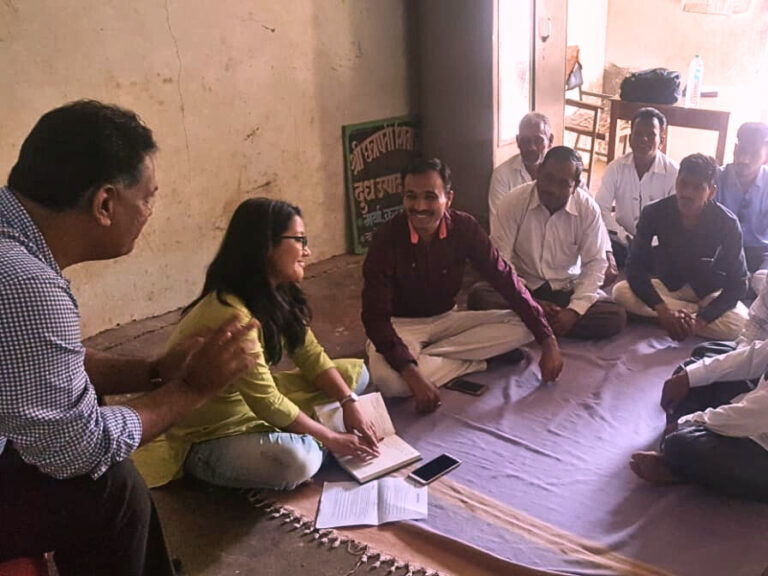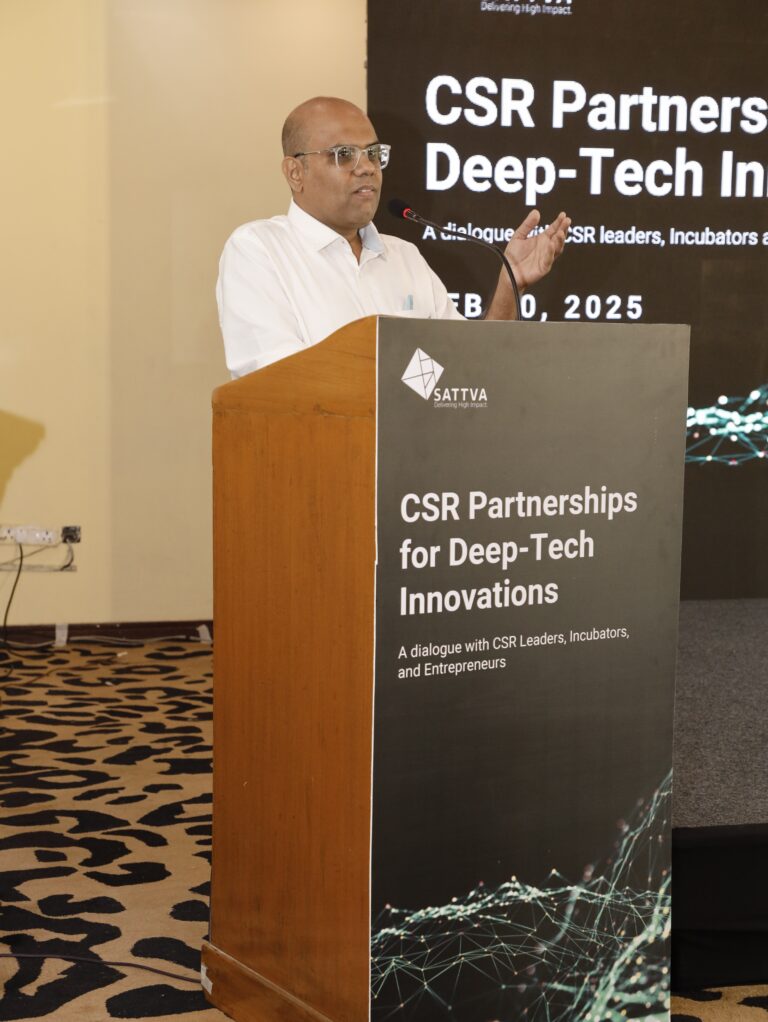–By Rituparni Panisetti and Madhumita Sengupta
The recent momentum in discussions around Diversity, Equity, and Inclusion (DEI) in India can be attributed to various factors, such as the progressive judgments by the Indian judiciary, advancements in technology, the increased use of social media, growing global initiatives, and the efforts of multinational corporations and Indian organisations to promote inclusivity.
Aspects of DEI in India encompass a wide spectrum of topics due to the country’s cultural heritage and diverse population. Disability, caste, gender, and sexual orientation are some of the factors that shape individuals’ identities and experiences. However, challenges persist, such as the lack of disabled-friendly infrastructure, underrepresentation of certain communities, and barriers preventing women from engaging in the workforce. The stigma surrounding LGBT rights also leads to economic exclusion and discrimination against marginalised groups.
The need for DEI in Indian workplaces is supported by numerous studies that highlight the benefits of diversity. Companies with diverse teams and inclusive cultures experience higher levels of innovation, employee satisfaction, productivity, and financial performance. Diversity and inclusion also lead to better decision-making and increased team collaboration. Gender diversity, in particular, attracts a greater pool of applicants and has a positive impact on an organisation’s profitability.
However, gendered barriers prevent women from fully participating in the workforce. Unpaid care work, time poverty, societal norms, lack of safety, and biases contribute to low female workforce participation. Addressing these barriers and creating inclusive workplaces requires a cultural reset within organisations. It involves challenging workplace norms, embracing diversity of thought, and having diverse leadership teams that set the example. Efforts should focus on eliminating bias and discrimination, creating accessible environments, providing support programs for women, and implementing gender sensitisation training.
Despite progress, there is still a significant gap in achieving inclusivity in Indian workplaces. To bridge this gap, organisations must commit to institutionalising efforts that promote diversity, equity, and inclusion. By doing so, they can create a holistic and conducive workplace environment where everyone feels valued and can contribute effectively. Ultimately, promoting DEI not only benefits organisations but also helps mitigate the inequalities faced by individuals within marginalised communities, contributing to a more inclusive society.
Read more about Understanding the Aspects of DEI in the Indian context, here:
Understanding the Aspects of DEI: The Indian Perspective
—————————-
To save a copy, do click on the ‘Download’ link on the right side of the page.
—————————-
Sattva has been working with various non-profits and social organisations as well as corporate clients to help them define their social impact goals. Our focus is to solve critical problems and find scalable solutions. We assist organisations in formulating their long-term social impact strategy by strategically aligning with business to provide meaningful solutions to social issues.
If you have any such stories or ideas to share, please write to us: impact@sattva.co.in




